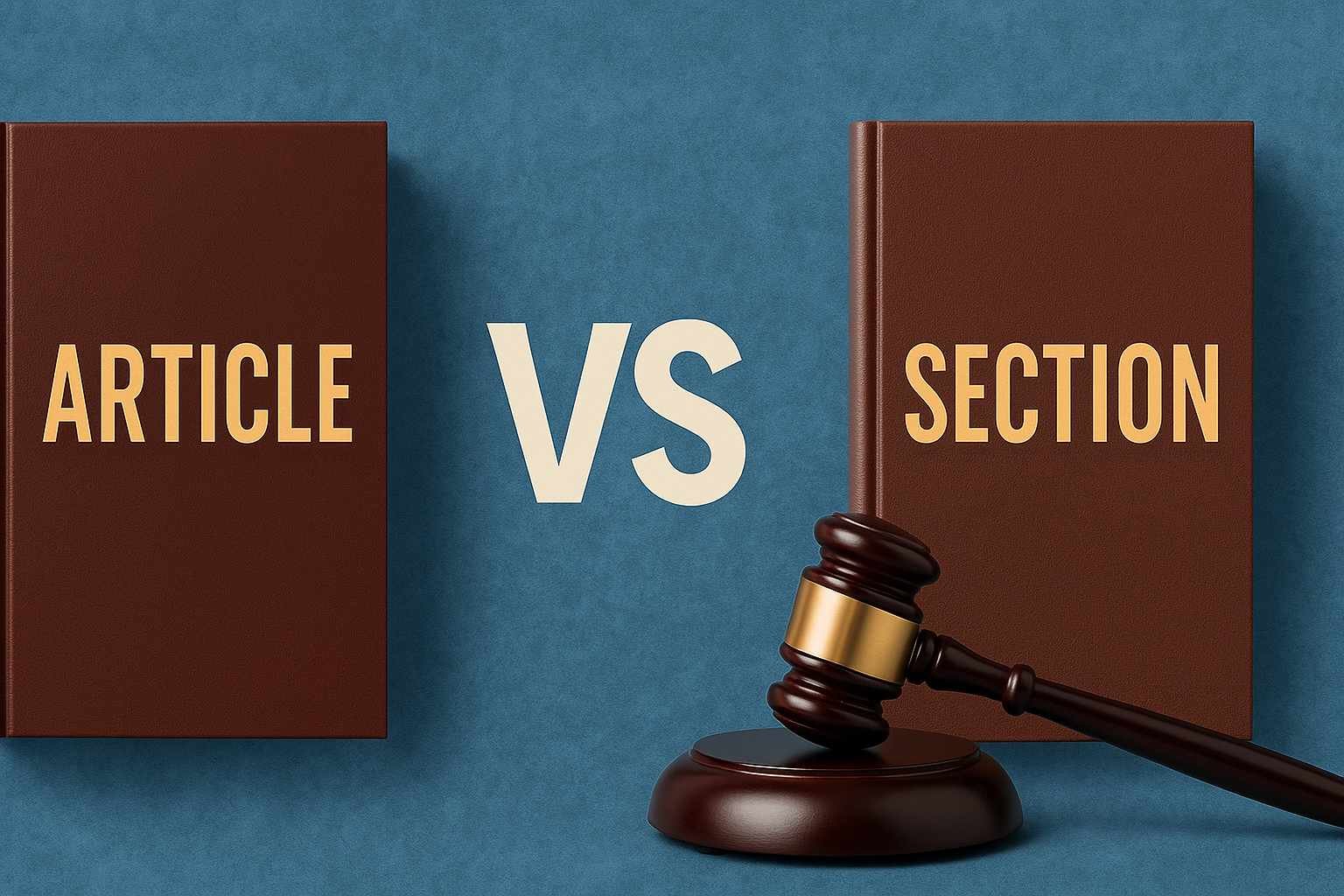On this page you will read detailed information about Different Types of Discrimination Covered by the Equality Act.
As an employer or employee in the United States, understanding the types of discrimination prohibited by law is crucial. The Equality Act, a comprehensive civil rights bill, aims to protect individuals from various forms of discrimination. By familiarizing yourself with the different categories covered under this legislation, you can ensure compliance and foster a more inclusive workplace. This article will explore the key types of discrimination addressed by the Equality Act, including those based on race, color, religion, sex, national origin, age, disability, and genetic information. Armed with this knowledge, you’ll be better equipped to recognize and prevent discriminatory practices in your professional environment.
What is the Equality Act?
The Equality Act 2010 is a landmark piece of legislation in the UK that protects individuals from discrimination and promotes equality. This comprehensive law consolidates and strengthens previous anti-discrimination statutes, providing a robust framework to combat unfair treatment based on personal characteristics.
Protected Characteristics
The Act identifies nine protected characteristics that are safeguarded from discrimination:
- Age
- Disability
- Gender reassignment
- Marriage and civil partnership
- Pregnancy and maternity
- Race
- Religion or belief
- Sex
- Sexual orientation
Types of Discrimination
The Equality Act covers various types of discrimination, including:
- Direct discrimination: Treating someone less favorably due to a protected characteristic.
- Indirect discrimination: Applying policies or practices that disadvantage people with certain protected characteristics.
- Harassment: Unwanted behavior related to a protected characteristic that violates dignity or creates a hostile environment.
- Victimization: Treating someone unfairly for making a discrimination complaint or supporting others who have.
Scope and Application
The Act applies to various aspects of life, including employment, education, and access to goods and services. Employers, service providers, and public bodies have legal responsibilities to prevent discrimination and promote equality. This includes making reasonable adjustments for individuals with disabilities and ensuring equal opportunities for all.
By understanding the Equality Act, individuals and organizations can work together to create a fairer, more inclusive society.
The Different Types of Discrimination Under the Equality Act
The Equality Act 2010 is a comprehensive law that protects individuals from various types of discrimination. Understanding these different forms of unfair treatment is crucial for both employers and employees. Let’s explore the main types of discrimination covered by this legislation.
Direct and Indirect Discrimination
Direct discrimination occurs when someone is treated less favorably because of a protected characteristic. For example, not promoting an older employee due to their age. Indirect discrimination happens when a seemingly neutral policy or practice disproportionately disadvantages people with a protected characteristic. An instance could be scheduling important meetings late in the day, which may negatively impact employees with childcare responsibilities.
Harassment and Victimization
Harassment involves unwanted conduct related to a protected characteristic that violates someone’s dignity or creates an intimidating environment. This could include making offensive remarks about a person’s disability. Victimization occurs when an individual is treated unfairly for taking action under the Equality Act or supporting someone else who has. For instance, an employee might face retaliation for filing a discrimination complaint.
Discrimination Arising from Disability
This specific type of discrimination occurs when a person is treated unfavorably because of something connected to their disability, rather than the disability itself. An example could be reprimanding an employee with obsessive-compulsive disorder for behaviors related to their condition.
Understanding these types of discrimination is essential for creating inclusive workplaces and societies. The Equality Act provides a framework for addressing these issues and promoting fair treatment for all.
Direct vs Indirect Discrimination: Understanding the Difference
Understanding the different types of discrimination covered by the Equality Act is crucial for maintaining a fair and inclusive workplace. Two key forms of discrimination are direct and indirect discrimination, each with its own unique characteristics and implications.
Direct Discrimination: Overt Unfair Treatment
Direct discrimination occurs when someone is treated less favorably due to a protected characteristic. This form of discrimination is often more apparent but can still be subtle. For example, rejecting a qualified job applicant based on their gender or denying promotions to employees from different racial backgrounds are clear instances of direct discrimination.
Indirect Discrimination: Unintended Consequences
Indirect discrimination is more nuanced and occurs when a seemingly neutral policy or practice disproportionately disadvantages a group with a protected characteristic. For instance, a company holding selection exercises on Saturdays could indirectly discriminate against Jewish applicants. While the policy may apply to everyone, it unintentionally impacts a specific group.
Identifying and Addressing Discrimination
To combat both types of discrimination, employers should:
- Implement comprehensive equality and diversity policies
- Provide regular training on discrimination awareness
- Encourage open communication between employees and management
By following these steps, organizations can foster a fair work environment and protect against discrimination claims.
In the previous post, we had shared information about The Parliament Act 1911: Reforming the Powers of the House of Lords, so read that post also.
Exploring Harassment and Victimization as Forms of Discrimination
Understanding Harassment
Harassment is a serious form of discrimination covered by the Equality Act. It involves unwanted conduct related to a protected characteristic that violates an individual’s dignity or creates an intimidating, hostile, degrading, humiliating or offensive environment. According to the Equality Act guidance, harassment can take many forms, including offensive jokes, name-calling, physical assaults, or intimidation. For example, repeatedly making derogatory comments about someone’s race or religion could constitute harassment.
Recognizing Victimization
Victimization is another type of discrimination prohibited under the Equality Act. It occurs when someone is treated unfairly because they have made or supported a complaint about discrimination. The Chartered Institute of Personnel and Development (CIPD) explains that victimization involves subjecting a person to a detriment because they have engaged in a protected activity, such as filing a discrimination complaint or testifying in a harassment case.
Employer Responsibilities
To prevent harassment and victimization, employers must take proactive steps. This includes establishing clear anti-harassment and anti-bullying policies, providing training on respectful workplace behavior, and creating a culture where employees feel safe reporting incidents. The CIPD recommends that organizations review their recruitment and selection processes to remove bias and gather feedback from employees on their experiences. By addressing these types of discrimination, employers can create a more inclusive and equitable workplace for all.
Practical Steps to Prevent Discrimination in the Workplace
Establish Clear Policies and Procedures
To effectively prevent discrimination, organizations must develop comprehensive anti-discrimination policies. These policies should clearly define unacceptable behaviors and outline procedures for handling complaints. According to LBMC, a well-crafted policy is crucial in addressing various types of discrimination covered by the Equality Act. Employers should ensure these guidelines are easily accessible and regularly communicated to all employees.
Provide Ongoing Education and Training
Regular training sessions on discrimination prevention are essential for creating an inclusive workplace. BDC recommends educating employees about different forms of discrimination and how to respond appropriately. Specialized training for managers and supervisors should focus on recognizing and addressing discriminatory behaviors promptly.
Foster an Inclusive Culture
Creating a workplace that values diversity is key to preventing discrimination. EasyLlama suggests implementing team-building activities and employee focus groups to promote inclusivity. Encourage open dialogue about diversity and establish employee resource groups (ERGs) to provide support and insights on inclusion initiatives.
Implement Fair Hiring and Promotion Practices
Reduce unconscious bias in recruitment and advancement processes. BDC advises reviewing hiring procedures to eliminate biases against candidates based on factors like unfamiliar names or work history gaps. Standardize interviews and use work sample tests to ensure fair evaluation of all applicants.
By implementing these practical steps, organizations can create a more equitable workplace and minimize the risk of discrimination covered by the Equality Act.
Conclusion
As you navigate the complexities of the Equality Act, remember that understanding the various types of discrimination is crucial for both individuals and organizations. By recognizing direct, indirect, harassment, and victimization forms of discrimination, you can better protect yourself and others from unfair treatment. Stay informed about your rights and responsibilities under the Act, and don’t hesitate to seek guidance when faced with potential discrimination. By promoting equality and fairness in all aspects of life, you contribute to a more inclusive society. Remain vigilant, speak up against injustice, and work towards creating environments where everyone is treated with dignity and respect, regardless of their protected characteristics.
Disclaimer
The information and services on this website are not intended to and shall not be used as legal advice. You should consult a Legal Professional for any legal or solicited advice. While we have good faith and our own independent research to every information listed on the website and do our best to ensure that the data provided is accurate. However, we do not guarantee the information provided is accurate and make no representation or warranty of any kind, express or implied, regarding the accuracy, adequacy, validity, reliability, availability, or completeness of any information on the Site. UNDER NO CIRCUMSTANCES SHALL WE HAVE ANY LIABILITY TO YOU FOR ANY LOSS OR DAMAGE OF ANY KIND INCURRED AS A RESULT OR RELIANCE ON ANY INFORMATION PROVIDED ON THE SITE. YOUR USE OF THE SITE AND YOUR RELIANCE ON ANY INFORMATION ON THE SITE IS SOLELY AT YOUR OWN RISK. Comments on this website are the sole responsibility of their writers so the accuracy, completeness, veracity, honesty, factuality and politeness of comments are not guaranteed.
So friends, today we talked about Different Types of Discrimination Covered by the Equality Act, hope you liked our post.
If you liked the information about Different Types of Discrimination Covered by the Equality Act, then definitely share this article with your friends.









